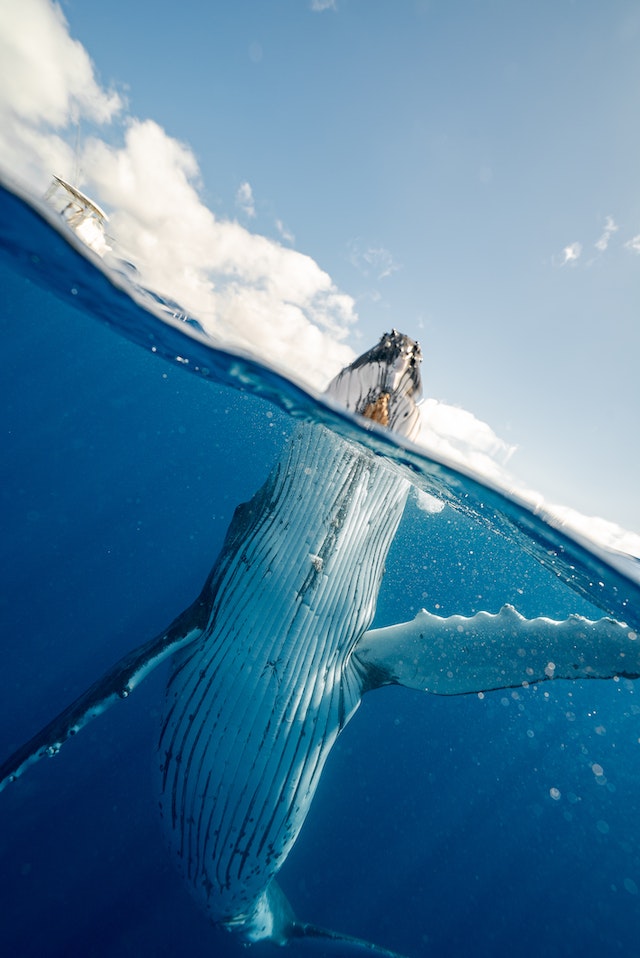The recent astonishing discovery of four orcas making waves along the East Coast has caused excitement and intrigue among researchers, marine enthusiasts, and the public. Orcas, also known as killer whales, are highly intelligent and social marine mammals, known for their distinctive appearance and powerful presence. Here’s what this remarkable sighting tells us:
1. Uncommon Occurrence: Orcas are not commonly sighted along the East Coast, making this discovery particularly remarkable. Their typical range is associated with colder waters such as the Arctic and Antarctic regions, as well as other areas around the world. The appearance of four orcas along the East Coast is unexpected and rare, capturing the attention of marine scientists and the public alike.
2. Range Expansion or Straying Individuals: The presence of orcas along the East Coast suggests a potential range expansion or straying individuals. Environmental factors such as changes in ocean temperatures, shifts in prey availability, or even navigational errors could contribute to their appearance in new areas. Studying the movement patterns and behaviors of these orcas can help determine if this is a temporary occurrence or a more significant range expansion.
3. Ecological Significance: The presence of orcas has ecological significance for the marine ecosystem along the East Coast. As apex predators, orcas play a vital role in maintaining the balance of marine ecosystems by regulating prey populations and influencing the structure and dynamics of food webs. Monitoring their presence and interactions with local prey species can provide valuable insights into the health and functioning of the ecosystem.
4. Prey Availability and Migration: The appearance of orcas may be linked to changes in prey availability or migratory patterns. Orcas have a diverse diet that includes fish, squid, and marine mammals. Shifts in prey distribution or abundance could attract them to new areas in search of food. Studying the availability and distribution of prey species can help unravel the factors influencing the presence of orcas along the East Coast.
5. Conservation and Management: The discovery of orcas along the East Coast highlights the importance of conservation and management efforts. Understanding the habitat preferences, movement patterns, and potential threats to these magnificent animals can inform conservation strategies and help protect their populations. Collaborative efforts between researchers, government agencies, and the public are crucial for ensuring the long-term survival and well-being of orcas in this region.
6. Public Engagement and Education: Rare sightings of orcas along the East Coast provide an opportunity for public engagement and education. These charismatic and iconic marine mammals can serve as ambassadors for marine conservation, raising awareness about the importance of protecting marine ecosystems and biodiversity. Public outreach, educational programs, and responsible whale-watching practices can help foster appreciation and stewardship for these incredible creatures.
7. Research Opportunities: The discovery of orcas along the East Coast presents unique research opportunities. Scientists can study the behavior, genetics, and social dynamics of these orcas to gain insights into their movements, population structure, and potential interactions with local marine species. This research can contribute to our understanding of orca ecology and aid in the development of effective conservation strategies.
The astonishing discovery of four orcas making waves along the East Coast provides a rare glimpse into the dynamic nature of marine ecosystems. By studying these occurrences and their ecological implications, we can deepen our understanding of orcas, their interactions with the environment, and the need for their conservation. It is a reminder of the awe-inspiring diversity and adaptability of marine life and underscores the importance of protecting and preserving our oceans.




